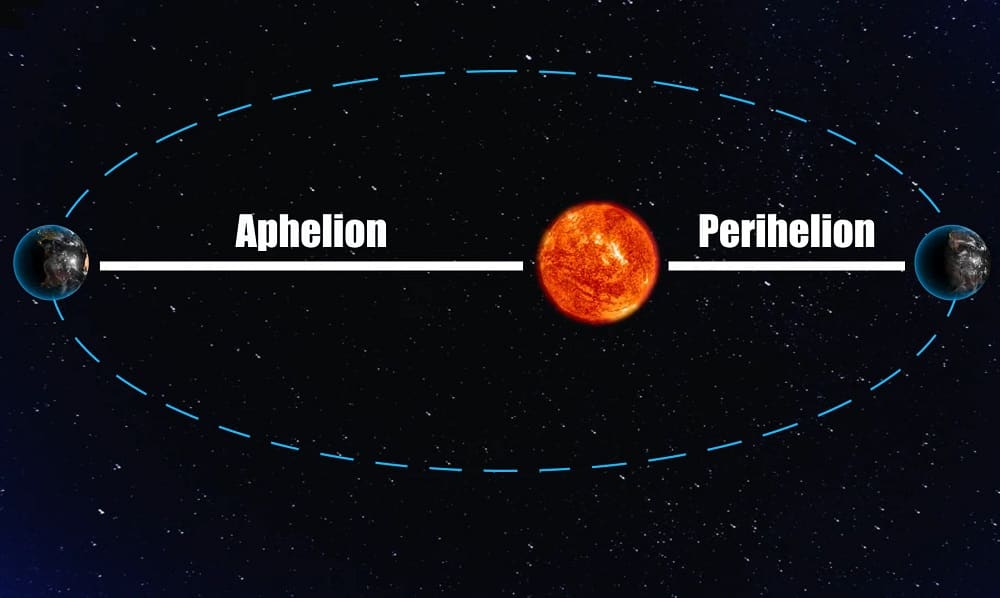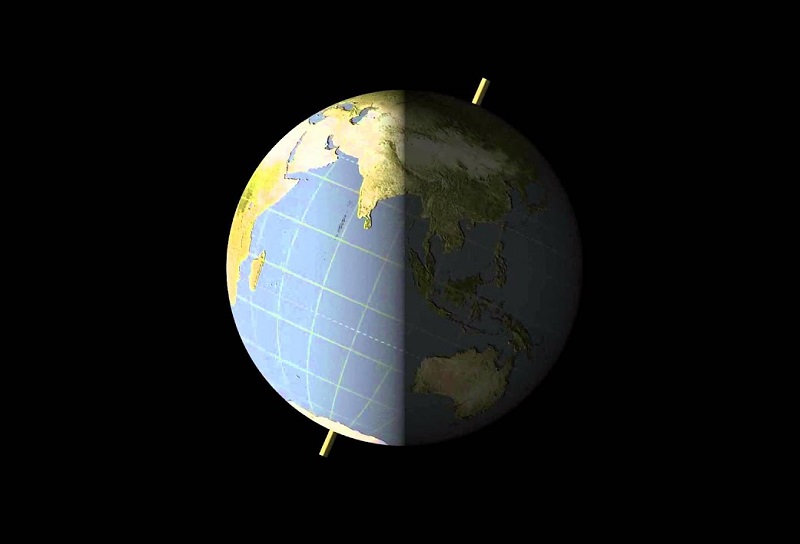Have you ever pondered over the mechanisms behind the alternating seasons of winter and summer on Earth? As you may be aware, our planet orbits the Sun with a tilt of approximately 23.5 degrees while also rotating on its axis. This orbital motion around the sun occurs at a speed of 30 kilometers per second. When the Earth is closest to the Sun in its orbit, a point known as perihelion, the amount of sunlight reaching the Earth is minimal, resulting in colder temperatures. Conversely, during aphelion, when the Earth is farthest from the Sun, it receives more direct sunlight, leading to warmer weather and the onset of summer. However, it's essential to note that the relationship between proximity to the Sun and the seasons is not as straightforward as one might assume. In fact, it is quite the inverse.
Earth's seasons occur due to the tilt of its axis as it orbits the Sun. The tilt results in different regions of Earth receiving differing levels of sunlight across the year, resulting in shifts in temperature and weather conditions. During periods when the Northern Hemisphere tilts towards the Sun, it encounters summer, while the Southern Hemisphere undergoes winter. As the Earth orbits around the Sun, the tilt gradually shifts, causing the seasons to change. This phenomenon, known as axial tilt, combined with the Earth's revolution around the Sun, is the scientific explanation behind the Earth's seasons.
Earth's seasonal transformations are a result of its axial tilt and its orbit around the sun. Here's how it works:
Axial Tilt: Earth's axis is tilted about 23.5 degrees relative to its orbital plane around the sun. This tilt is the primary reason we experience seasons. While Earth travels around the sun, various regions of the planet receive different levels of sunlight at different times of the year.
Orbital Motion: Earth's orbit around the sun is not a perfect circle; it's an ellipse. This means that Earth is sometimes closer to the sun (perihelion) and sometimes farther away (aphelion). However, the effect of this variation in distance on seasonal changes is minor compared to the axial tilt.
Seasonal Cycle: There are four main seasons: spring, summer, autumn (fall), and winter. These seasons occur because of the changing position of Earth relative to the sun throughout its orbit.
- Spring: Occurs when Earth is neither tilted towards nor away from the sun. Daytime and nighttime durations are roughly equivalent.
- Summer: Happens when the hemisphere tilted towards the sun receives more direct sunlight. Days are longer, and temperatures are warmer.
- Autumn (Fall): Occurs when Earth's tilt is again such that neither hemisphere is tilted towards or away from the sun. The duration of day and night is approximately the same.
- Winter: Happens when the hemisphere tilted away from the sun receives less direct sunlight. Daytime periods are shorter, and temperatures are lower.
Effects on Climate and Weather: While the changing seasons are primarily a result of Earth's axial tilt and orbit, local geography, ocean currents, and atmospheric circulation patterns also influence regional climate and weather variations.
Human Adaptation: Human societies have adapted to these seasonal changes in various ways, from agricultural practices and traditional celebrations to clothing and housing designs.
Overall, Earth's seasonal transformations are a fascinating interplay of astronomical phenomena, atmospheric dynamics, and human culture. Understanding these processes is crucial for predicting weather patterns, managing agricultural cycles, and mitigating the impacts of climate change.















0 comments:
Post a Comment